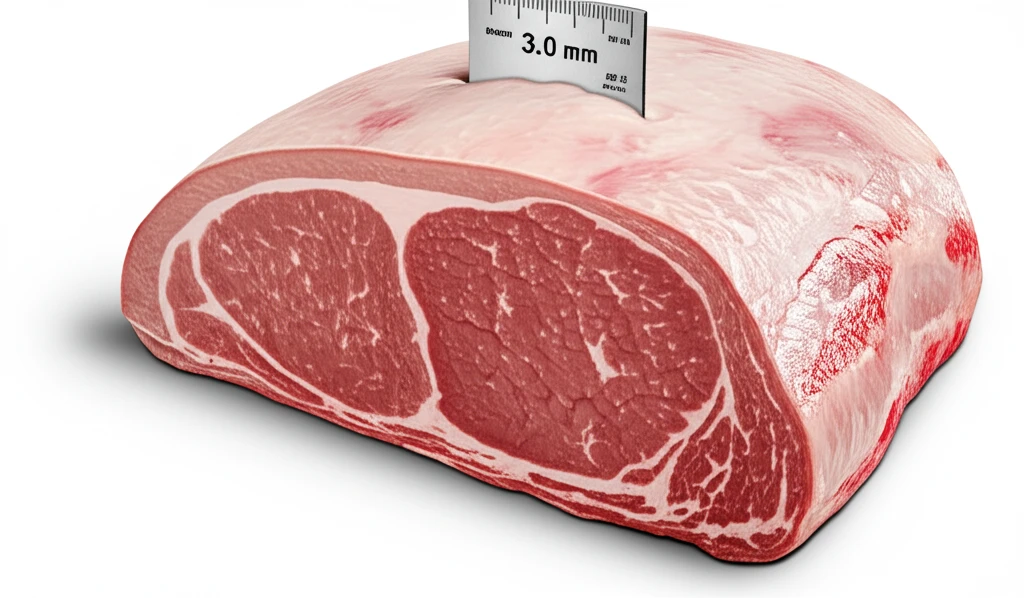
Lamb Meat Perfection: Finding the Ideal Fat Thickness for Santa Inês Breed
"Unlock the secret to optimal flavor and tenderness in Santa Inês lamb by understanding the impact of subcutaneous fat thickness. Learn how to achieve culinary excellence with the perfect cut."
The northeastern region of Brazil boasts a significant livestock industry, largely composed of woolless and semi-woolless breeds. This sector plays a vital role in providing employment opportunities in rural communities and contributing to the local economy.
However, this activity often faces challenges such as low productivity due to extensive production systems and seasonal food shortages. These issues can lead to inconsistencies in meat availability and quality, with older animals and undesirable traits affecting consumer appeal. This is where feedlot finishing emerges as a crucial strategy.
Feedlot finishing offers a way to enhance sheep production, optimize meat quality, and accelerate returns on investment for producers. By strategically managing the animals' diet and environment, producers can improve carcass characteristics and meet market demands for high-quality lamb. The Santa Inês breed, known for its reproductive efficiency and maternal abilities, holds particular promise in this regard, making it crucial to determine the ideal slaughter point to satisfy consumer expectations.
The Sweet Spot: Why 3.0 mm Subcutaneous Fat Thickness is Key

Researchers investigated the impact of subcutaneous fat thickness (SFT) on the meat quality of Santa Inês lambs. The study focused on physical (pH, color, tenderness, and cooking weight loss), chemical (moisture, crude protein, ash, and lipids), and sensory (odor, flavor, juiciness, and overall acceptance) traits. Researchers evaluated lamb meat from Santa Inês lambs slaughtered with varying subcutaneous fat thicknesses (SFT): 2.0, 3.0, and 4.0 mm.
- pH Levels: No significant differences in initial pH were observed. However, lambs with 4.0 mm SFT had higher pH values 24 hours post-slaughter compared to those with 2.0 and 3.0 mm SFT.
- Color: Meat from lambs with 3.0 and 4.0 mm SFT showed greater lightness (L value). Redness (a) and yellowness (b) did not differ significantly.
- Tenderness & Cooking Loss: SFT did not affect meat tenderness or cooking weight loss.
- Chemical Composition: Moisture and protein levels remained consistent across all SFT groups. Lipid content was higher in lambs with 3.0 and 4.0 mm SFT compared to those with 2.0 mm.
- Sensory Traits: Sensory characteristics (odor, flavor, juiciness, overall acceptance) were not influenced by SFT.
Optimal Fat Thickness: The Path to Better Lamb
Slaughtering Santa Inês lambs at 3.0 mm SFT offers a balanced approach, enhancing meat color and lipid content without extending the feedlot period unnecessarily. This practice promises both superior meat quality and efficient production, delivering a product that satisfies consumers and optimizes producer outcomes. Further research and practical application of these findings can contribute to the growth and sustainability of the sheep industry in Brazil and beyond.
